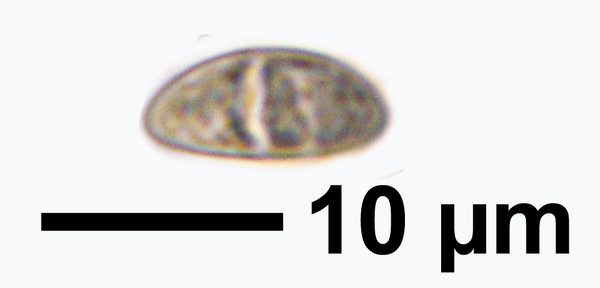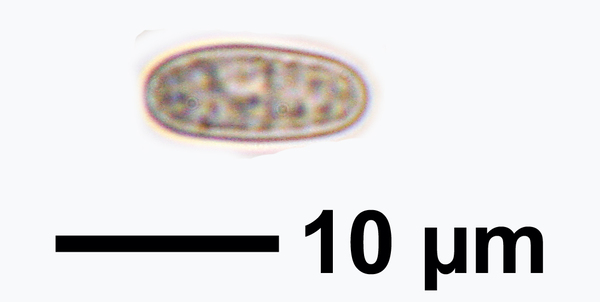Catillaria detractula (Nyl.) H. Olivier
Bull. Acad. Int. Géogr. Bot., 10: 129, 1901. Basionym: Lecanora detractula Nyl. - Flora, 58: 444, 1875.
Synonyms: Lecania detractula (Nyl.) Arnold
Distribution: C - Marc. S - Camp (Aprile & al. 2003b), Pugl (Nimis & Tretiach 1999), Si (Nimis & al. 1994).
Description: Thallus crustose, endosubstratic or very thinly episubstratic, when visible forming small, inconspicuous, ochraceous flecks around the apothecia. Apothecia lecideine to biatorine, sessile and constricted at base, 0,15-0.3 mm across, brown to black when dry, brown with a black margin when wet, somehow glossy, with a moderately to strongly convex, epruinose disc, and a very thin, soon excluded proper margin. Proper exciple thin, of strongly branched and anastomosing hyphae, dark red-brown in outer part, somewhat paler within, sometimes containing some algae at the base, K+ faintly reddish, N+ purple-red; epithecium pale yellowish brown to violet-brown, 8-11 µm high, the pigment diffuse in the gel, N+ purple-red; hymenium colourless, (35-)50-75 µm high, I+ blue; paraphyses strongly coherent, simple or sparingly branched and anastomosing, 1.5-2.5(-3) µm thick at mid-level, the apical cells up to 5 µm wide, surrounded by a pigmented gel; hypothecium colourless to pale brown in older apothecia, 75-110 µm high, I+ blue. Asci 8-spored, cylindrical-clavate, surrounded by a gelatinous I+ blue coat, with a well-developed I+ blue tholus, a I+ darker blue tube and a well-developed ocular chamber, approaching the Bacidia-type. Ascospores, 1-septate, hyaline, ellipsoid, (8-)9.5-13.5 x 4-5.5 µm. Photobiont chlorococcoid, the cells 9-15(-20) µm wide. Spot tests: thallus K-, C-, KC-, P-, UV-. Chemistry: without lichen substances.
Note: a temperate species growing on calcareous rocks in open situations at relatively low elevations, which does not belong to Catillaria s.str. Ecology and distribution need further study, and the indicator values are tentative.
Growth form: Crustose
Substrata: rocks
Photobiont: green algae other than Trentepohlia
Reproductive strategy: mainly sexual
Commonnes-rarity: (info)
Alpine belt: absent
Subalpine belt: absent
Oromediterranean belt: absent
Montane belt: very rare
Submediterranean belt: very rare
Padanian area: absent
Humid submediterranean belt: very rare
Humid mediterranean belt: absent
Dry mediterranean belt: absent
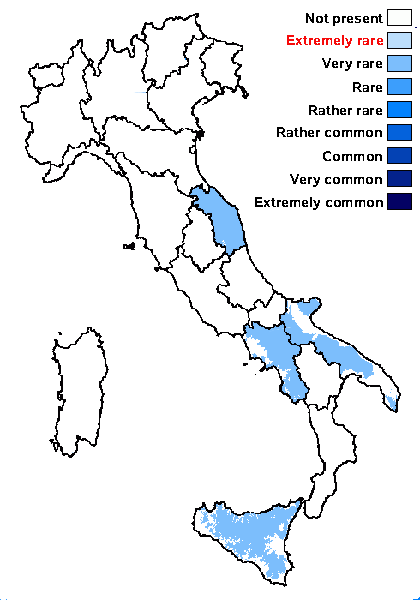
Predictive model
Herbarium samples
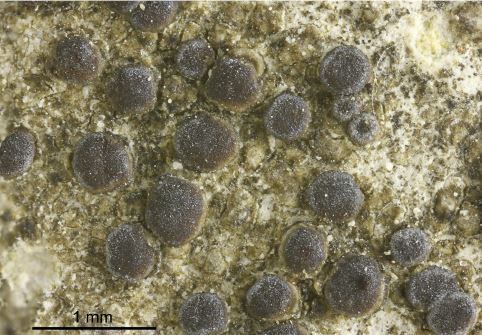

Felix Schumm – CC BY-SA 4.0
[215], Germany, Baden-Württemberg, Kreis Göppingen, Schwäbische Alb bei Gammelshausen, in Lesehaufen auf dem Sielenwang, ca. 700 m, leg. Schumm 11.06.1967, det. Kilias 1979.
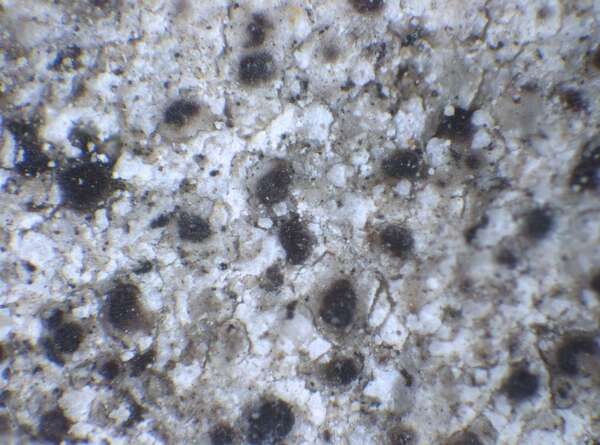

P.L. Nimis; Owner: Department of Life Sciences, University of Trieste
Herbarium: TSB (22775)
2003/03/10
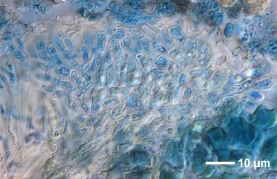

Felix Schumm – CC BY-SA 4.0
[215], Germany, Baden-Württemberg, Kreis Göppingen, Schwäbische Alb bei Gammelshausen, in Lesehaufen auf dem Sielenwang, ca. 700 m, leg. Schumm 11.06.1967, det. Kilias 1979.
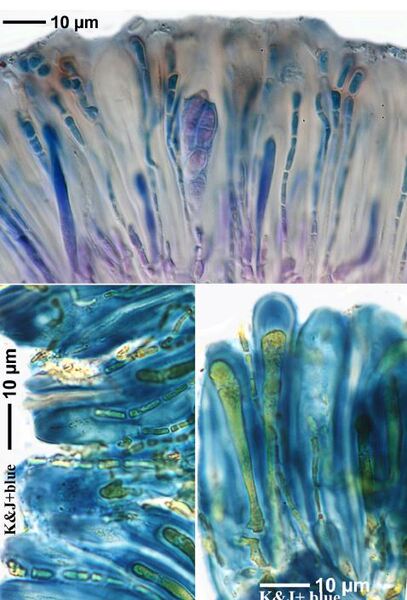

Felix Schumm – CC BY-SA 4.0
[215], Germany, Baden-Württemberg, Kreis Göppingen, Schwäbische Alb bei Gammelshausen, in Lesehaufen auf dem Sielenwang, ca. 700 m, leg. Schumm 11.06.1967, det. Kilias 1979.
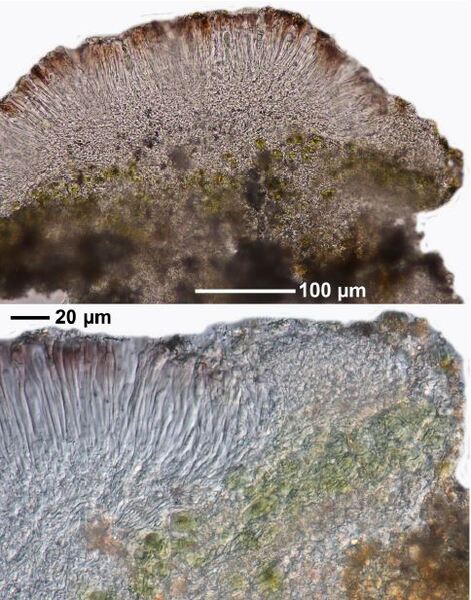

Felix Schumm – CC BY-SA 4.0
[215], Germany, Baden-Württemberg, Kreis Göppingen, Schwäbische Alb bei Gammelshausen, in Lesehaufen auf dem Sielenwang, ca. 700 m, leg. Schumm 11.06.1967, det. Kilias 1979.


Felix Schumm – CC BY-SA 4.0
[215], Germany, Baden-Württemberg, Kreis Göppingen, Schwäbische Alb bei Gammelshausen, in Lesehaufen auf dem Sielenwang, ca. 700 m, leg. Schumm 11.06.1967, det. Kilias 1979.


Felix Schumm – CC BY-SA 4.0
[215], Germany, Baden-Württemberg, Kreis Göppingen, Schwäbische Alb bei Gammelshausen, in Lesehaufen auf dem Sielenwang, ca. 700 m, leg. Schumm 11.06.1967, det. Kilias 1979.


Felix Schumm CC BY-SA 4.0
[215], Germany, Baden-Württemberg, Kreis Göppingen, Schwäbische Alb bei Gammelshausen, in Lesehaufen auf dem Sielenwang, ca. 700 m, leg. Schumm 11.06.1967, det. Kilias 1979.
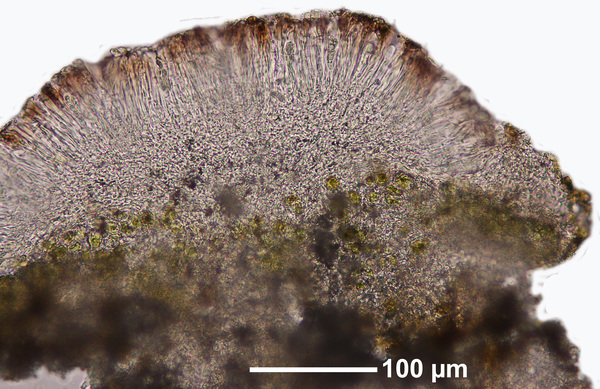

Felix Schumm CC BY-SA 4.0
[215], Germany, Baden-Württemberg, Kreis Göppingen, Schwäbische Alb bei Gammelshausen, in Lesehaufen auf dem Sielenwang, ca. 700 m, leg. Schumm 11.06.1967, det. Kilias 1979.


Felix Schumm CC BY-SA 4.0
[215], Germany, Baden-Württemberg, Kreis Göppingen, Schwäbische Alb bei Gammelshausen, in Lesehaufen auf dem Sielenwang, ca. 700 m, leg. Schumm 11.06.1967, det. Kilias 1979.
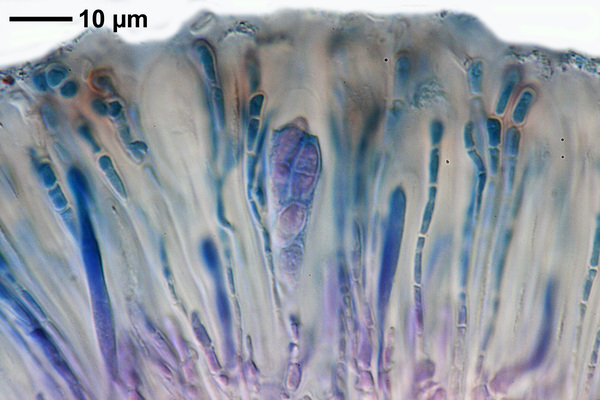

Felix Schumm CC BY-SA 4.0
[215], Germany, Baden-Württemberg, Kreis Göppingen, Schwäbische Alb bei Gammelshausen, in Lesehaufen auf dem Sielenwang, ca. 700 m, leg. Schumm 11.06.1967, det. Kilias 1979.
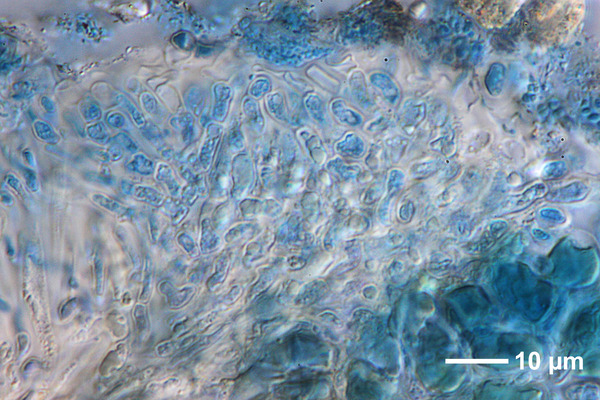

Felix Schumm CC BY-SA 4.0
[215], Germany, Baden-Württemberg, Kreis Göppingen, Schwäbische Alb bei Gammelshausen, in Lesehaufen auf dem Sielenwang, ca. 700 m, leg. Schumm 11.06.1967, det. Kilias 1979.
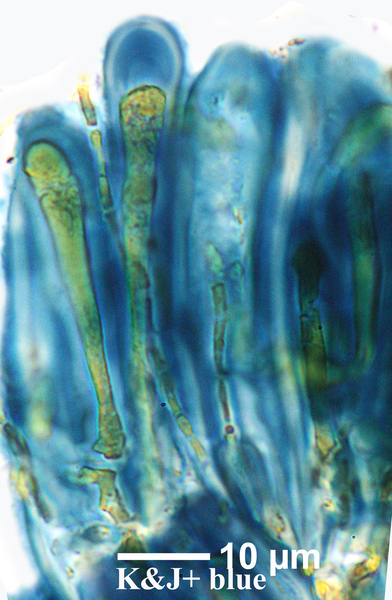

Felix Schumm CC BY-SA 4.0
[215], Germany, Baden-Württemberg, Kreis Göppingen, Schwäbische Alb bei Gammelshausen, in Lesehaufen auf dem Sielenwang, ca. 700 m, leg. Schumm 11.06.1967, det. Kilias 1979.
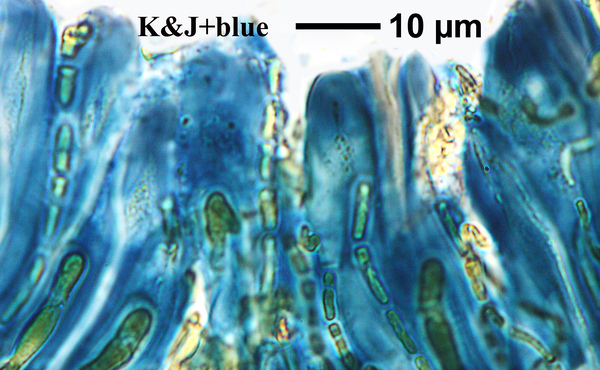

Felix Schumm CC BY-SA 4.0
[215], Germany, Baden-Württemberg, Kreis Göppingen, Schwäbische Alb bei Gammelshausen, in Lesehaufen auf dem Sielenwang, ca. 700 m, leg. Schumm 11.06.1967, det. Kilias 1979.
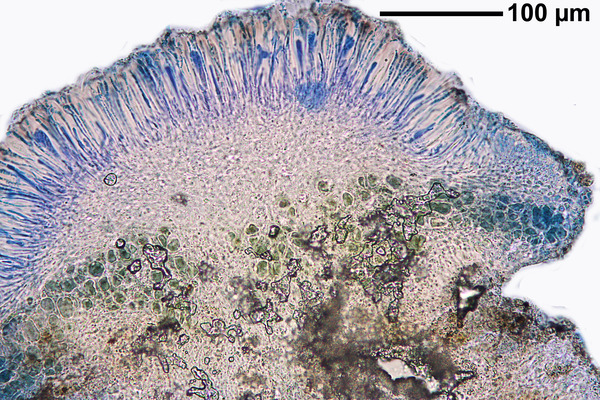

Felix Schumm CC BY-SA 4.0
[215], Germany, Baden-Württemberg, Kreis Göppingen, Schwäbische Alb bei Gammelshausen, in Lesehaufen auf dem Sielenwang, ca. 700 m, leg. Schumm 11.06.1967, det. Kilias 1979.
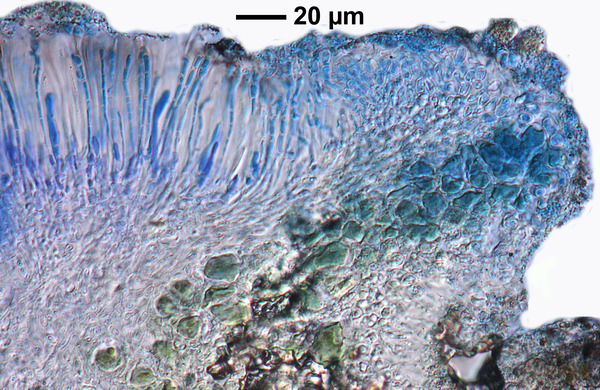

Felix Schumm CC BY-SA 4.0
[215], Germany, Baden-Württemberg, Kreis Göppingen, Schwäbische Alb bei Gammelshausen, in Lesehaufen auf dem Sielenwang, ca. 700 m, leg. Schumm 11.06.1967, det. Kilias 1979.
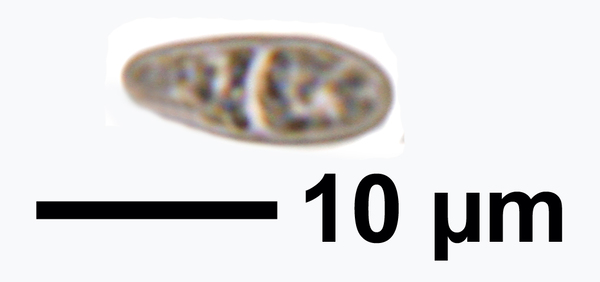

Felix Schumm CC BY-SA 4.0
[215], Germany, Baden-Württemberg, Kreis Göppingen, Schwäbische Alb bei Gammelshausen, in Lesehaufen auf dem Sielenwang, ca. 700 m, leg. Schumm 11.06.1967, det. Kilias 1979.
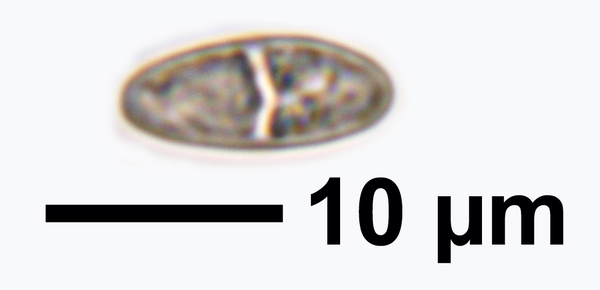

Felix Schumm CC BY-SA 4.0
[215], Germany, Baden-Württemberg, Kreis Göppingen, Schwäbische Alb bei Gammelshausen, in Lesehaufen auf dem Sielenwang, ca. 700 m, leg. Schumm 11.06.1967, det. Kilias 1979.
Growth form: Crustose
Substrata: rocks
Photobiont: green algae other than Trentepohlia
Reproductive strategy: mainly sexual
Commonnes-rarity: (info)
Alpine belt: absent
Subalpine belt: absent
Oromediterranean belt: absent
Montane belt: very rare
Submediterranean belt: very rare
Padanian area: absent
Humid submediterranean belt: very rare
Humid mediterranean belt: absent
Dry mediterranean belt: absent

Predictive model
| Herbarium samples |


Felix Schumm – CC BY-SA 4.0
[215], Germany, Baden-Württemberg, Kreis Göppingen, Schwäbische Alb bei Gammelshausen, in Lesehaufen auf dem Sielenwang, ca. 700 m, leg. Schumm 11.06.1967, det. Kilias 1979.


P.L. Nimis; Owner: Department of Life Sciences, University of Trieste
Herbarium: TSB (22775)
2003/03/10


Felix Schumm – CC BY-SA 4.0
[215], Germany, Baden-Württemberg, Kreis Göppingen, Schwäbische Alb bei Gammelshausen, in Lesehaufen auf dem Sielenwang, ca. 700 m, leg. Schumm 11.06.1967, det. Kilias 1979.


Felix Schumm – CC BY-SA 4.0
[215], Germany, Baden-Württemberg, Kreis Göppingen, Schwäbische Alb bei Gammelshausen, in Lesehaufen auf dem Sielenwang, ca. 700 m, leg. Schumm 11.06.1967, det. Kilias 1979.


Felix Schumm – CC BY-SA 4.0
[215], Germany, Baden-Württemberg, Kreis Göppingen, Schwäbische Alb bei Gammelshausen, in Lesehaufen auf dem Sielenwang, ca. 700 m, leg. Schumm 11.06.1967, det. Kilias 1979.


Felix Schumm – CC BY-SA 4.0
[215], Germany, Baden-Württemberg, Kreis Göppingen, Schwäbische Alb bei Gammelshausen, in Lesehaufen auf dem Sielenwang, ca. 700 m, leg. Schumm 11.06.1967, det. Kilias 1979.


Felix Schumm – CC BY-SA 4.0
[215], Germany, Baden-Württemberg, Kreis Göppingen, Schwäbische Alb bei Gammelshausen, in Lesehaufen auf dem Sielenwang, ca. 700 m, leg. Schumm 11.06.1967, det. Kilias 1979.


Felix Schumm CC BY-SA 4.0
[215], Germany, Baden-Württemberg, Kreis Göppingen, Schwäbische Alb bei Gammelshausen, in Lesehaufen auf dem Sielenwang, ca. 700 m, leg. Schumm 11.06.1967, det. Kilias 1979.


Felix Schumm CC BY-SA 4.0
[215], Germany, Baden-Württemberg, Kreis Göppingen, Schwäbische Alb bei Gammelshausen, in Lesehaufen auf dem Sielenwang, ca. 700 m, leg. Schumm 11.06.1967, det. Kilias 1979.


Felix Schumm CC BY-SA 4.0
[215], Germany, Baden-Württemberg, Kreis Göppingen, Schwäbische Alb bei Gammelshausen, in Lesehaufen auf dem Sielenwang, ca. 700 m, leg. Schumm 11.06.1967, det. Kilias 1979.


Felix Schumm CC BY-SA 4.0
[215], Germany, Baden-Württemberg, Kreis Göppingen, Schwäbische Alb bei Gammelshausen, in Lesehaufen auf dem Sielenwang, ca. 700 m, leg. Schumm 11.06.1967, det. Kilias 1979.


Felix Schumm CC BY-SA 4.0
[215], Germany, Baden-Württemberg, Kreis Göppingen, Schwäbische Alb bei Gammelshausen, in Lesehaufen auf dem Sielenwang, ca. 700 m, leg. Schumm 11.06.1967, det. Kilias 1979.


Felix Schumm CC BY-SA 4.0
[215], Germany, Baden-Württemberg, Kreis Göppingen, Schwäbische Alb bei Gammelshausen, in Lesehaufen auf dem Sielenwang, ca. 700 m, leg. Schumm 11.06.1967, det. Kilias 1979.


Felix Schumm CC BY-SA 4.0
[215], Germany, Baden-Württemberg, Kreis Göppingen, Schwäbische Alb bei Gammelshausen, in Lesehaufen auf dem Sielenwang, ca. 700 m, leg. Schumm 11.06.1967, det. Kilias 1979.


Felix Schumm CC BY-SA 4.0
[215], Germany, Baden-Württemberg, Kreis Göppingen, Schwäbische Alb bei Gammelshausen, in Lesehaufen auf dem Sielenwang, ca. 700 m, leg. Schumm 11.06.1967, det. Kilias 1979.


Felix Schumm CC BY-SA 4.0
[215], Germany, Baden-Württemberg, Kreis Göppingen, Schwäbische Alb bei Gammelshausen, in Lesehaufen auf dem Sielenwang, ca. 700 m, leg. Schumm 11.06.1967, det. Kilias 1979.


Felix Schumm CC BY-SA 4.0
[215], Germany, Baden-Württemberg, Kreis Göppingen, Schwäbische Alb bei Gammelshausen, in Lesehaufen auf dem Sielenwang, ca. 700 m, leg. Schumm 11.06.1967, det. Kilias 1979.


 Index Fungorum
Index Fungorum
 GBIF
GBIF
